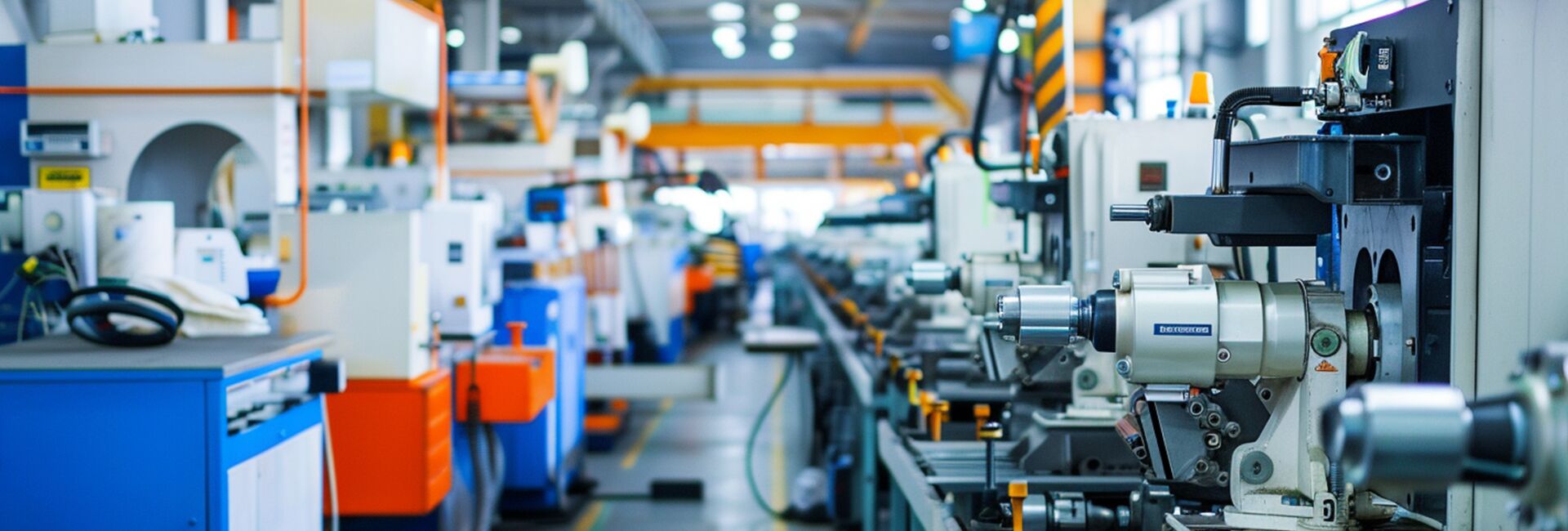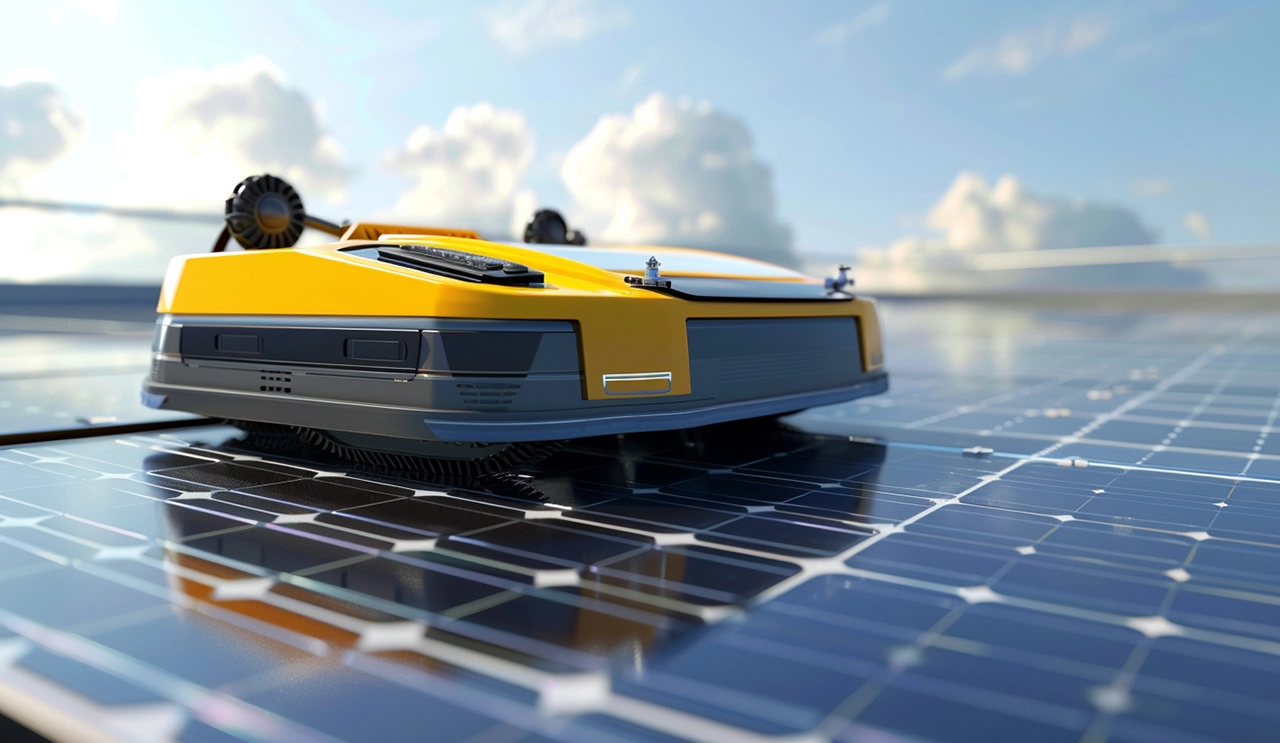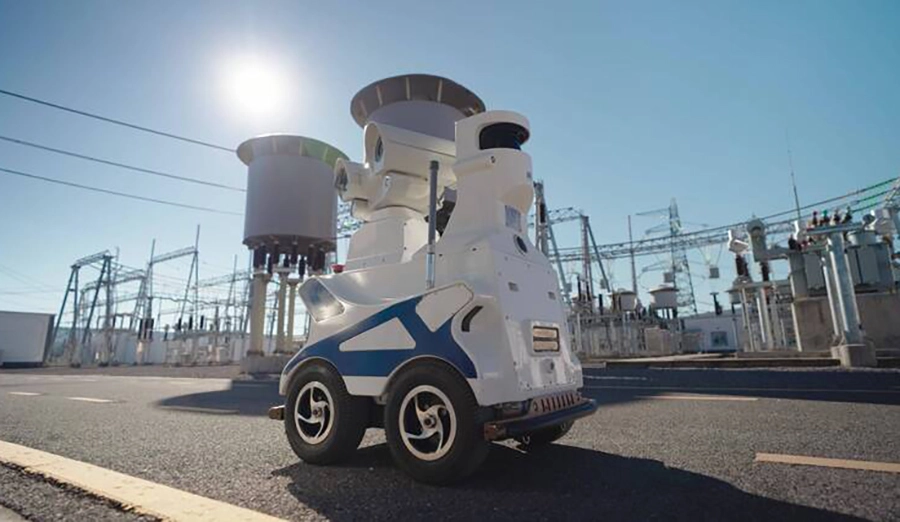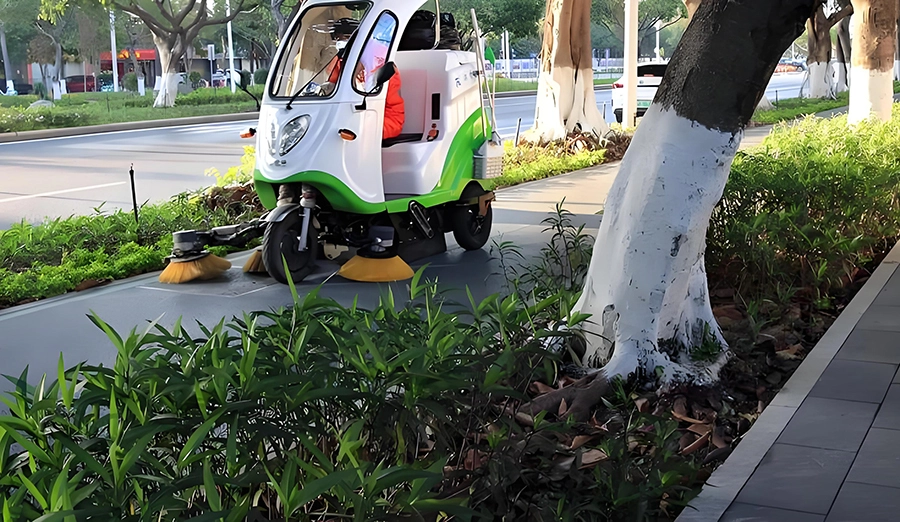
WIRELESS CHARGING IN THE NEWS
The swimming pool cleaning robot is an intelligent device used to automatically clean the swimming pool, aiming to replace the traditional manual cleaning method, and efficiently complete the dirt cleaning, debris collection and water quality maintenance tasks in the bottom of the pool, the pool wall, the steps and other areas through mechanization and intelligent technology. Its core function is to reduce manpower, improve cleaning efficiency, and ensure that the pool is in a healthy state for a long time.
1. Basic structure and working principle
The swimming pool cleaning robot is usually composed of a drive system, a filter device, a scrubbing component and an intelligent control system. The equipment is moved by motor driving wheels or tracks, and some models are equipped with propeller thrusters for flexible underwater steering. The built-in water pump produces suction, and the filter net or filter bag collects impurities such as leaves, sand, and algae (the filtration accuracy can reach 220 microns). The scrubbing system consists of a rotating brush or squeezer that removes biofilm and stubborn stains from the pool wall through physical friction.
The smart model is equipped with a variety of sensors (such as gyroscopes, pressure sensors, optical detectors), combined with SLAM (real-time positioning and map building) technology for path planning. Some high-end products have WiFi connection function, support mobile phone APP remote control and cleaning mode setting.
Second, product classification and technological evolution
1. Pressure cleaning machine: depends on the power of the pool pump, moves and adsorbs dirt through the water flow drive, needs to be connected to the external water pipe, suitable for small swimming pools but the cleaning path is random.
2. Electric cleaning robot: with waterproof motor and lithium battery, independent of the pool circulation system, cleaning coverage can reach more than 95%, the mainstream price range is 300015000 yuan.
3. Intelligent navigation models: adopt AI algorithm to achieve arc path coverage, equipped with 3D obstacle avoidance system, and partially support solar charging. Flagship products such as Dolphin M600 have achieved 7-hour battery life and automatic recharge.
Third, core advantages and use scenarios
Compared to manual cleaning, the robot can save 80% maintenance time, and the water quality can be maintained by cleaning 23 times a week. Its rubber tires are designed to avoid scratching pool tiles or vinyl linings, and are suitable for a variety of pool bodies such as concrete, Mosaic, and fiberglass. In the commercial scenario, the robot can work continuously for 812 hours and handle large swimming pools of more than 500 square meters, significantly reducing operating costs.
Fourth, market development and technology trends
The global market size is expected to reach $2.36 billion in 2027, with an average annual growth rate of 12.3%. Current technology iterations focus on underwater visual identification (detection of water turbidity), multi-machine collaboration systems, and hydrogen fuel cell applications. Some companies have begun to integrate water quality monitoring modules to realize the automation of the whole process of PH adjustment for cleaning and disinfection.
This kind of equipment is penetrating from high-end consumer goods to the mass market, the entry-level model of about 3,000 yuan has basic cleaning functions, and intelligent, the Internet of things will become the main development direction of the industry. Users need to focus on climbing ability (should reach more than 45 degrees), filter area (recommended > 0.3㎡) and warranty period (mainstream brands provide 25-year warranty).







